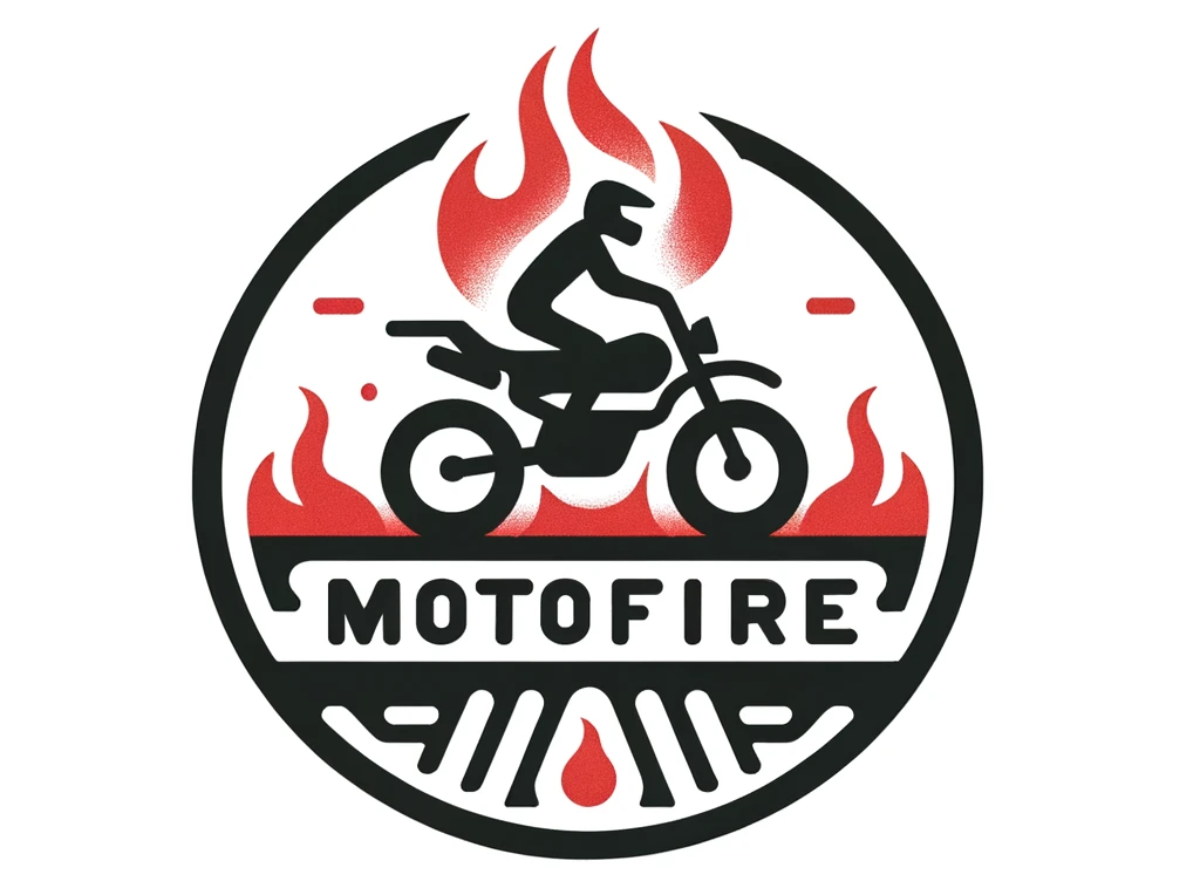Why is it important to take a motorcycle riding course?

The Fundamentals of Motorcycle Safety
Motorcycle riding is an exhilarating experience, but it requires more than just excitement—it demands respect for the road and a keen understanding of safe riding practices. Safety is paramount when it comes to riding due to the inherent vulnerability of motorcycle enthusiasts on the road. Professional riding courses play a crucial role in developing these safety practices, teaching riders the fundamentals of operating a motorcycle with confidence and caution. These courses cover essential techniques such as emergency braking, evasive maneuvers, proper turning methods, and strategies for dealing with different traffic conditions.
Understanding Your Machine
Riding a motorcycle becomes significantly safer when the rider has a thorough understanding of their machine. A motorcycle riding course provides in-depth insights into the mechanics and handling characteristics of different types of bikes. Learners get hands-on experience in controlling throttle, brake, clutch engagement, and how to properly execute gear changes. This knowledge helps riders make informed decisions about the type of motorcycle that best suits their style and skills, while also learning how to maintain it to ensure it remains in safe, working order.
Customized Learning for Different Motorcycle Types
Different motorcycle models, such as cruisers, sport bikes, and adventure tourers, have unique handling dynamics. Courses often offer specialized training that helps riders familiarize themselves with the particular type of bike they intend to ride. This tailored approach ensures that riders are prepared for the specific challenges they may face on the road.
Gaining Confidence Through Expert Guidance
Confidence is key when riding, but overconfidence can lead to hazardous outcomes. Motorcycle riding courses are usually taught by seasoned instructors who strike a balance between instilling confidence and emphasizing the importance of riding within one’s limits. They offer feedback on riding techniques and provide tips on how to improve. With each session, riders develop the skills necessary to navigate the roadways more safely and with greater assurance.
Peer Learning and Group Dynamics
In addition to individual learning, riding courses often involve group sessions where riders can observe others, learn from their mistakes, and receive collective guidance. This group dynamic can foster a sense of community and encourages the sharing of experiences and tips among participants.
Staying Current with Road Rules and Regulations
Motorcycle laws and regulations can vary significantly from place to place, and they also evolve over time. Through a motorcycle riding course, riders can stay up-to-date with the latest rules of the road. This legal knowledge is not only critical for avoiding fines but it is crucial for understanding rights and responsibilities as a motorcyclist.
Legal Requirements for Licensing
Many regions require the completion of an accredited motorcycle riding course before issuing a motorcycle license. These courses are designed to ensure that riders meet a minimum standard of competency before they are legally allowed to ride on public roads. This requirement highlights the recognition by authorities of the importance of formal riding education.
Frequently Asked Questions
Q: Can I learn how to ride a motorcycle safely without taking a course?
A: While it’s possible to learn on your own or through informal instruction, professional courses offer structured training, expert guidance, and a comprehensive approach to safety that is difficult to replicate outside of a formal setting.
Q: How long does it take to complete a motorcycle riding course?
A: Course duration can vary, but most basic courses run over a few days to a couple of weeks. Advanced and specialized courses may have different time commitments.
Q: Are motorcycle riding courses expensive?
A: Costs can vary depending on the provider, location, and length of the course. However, many riders consider the investment in a riding course invaluable compared to the safety benefits and potential medical, legal, and repair costs associated with motorcycle accidents.
Q: Is there an age limit for taking a motorcycle riding course?
A: The minimum age is usually dictated by local laws regarding legal riding age. There’s generally no upper age limit, as long as the individual is fit to ride.
In conclusion, taking a motorcycle riding course is an essential step for any individual looking to hit the road on two wheels. It’s an investment in safety, skill, and responsible riding that benefits not just the individual rider, but everyone on the road.






